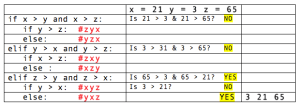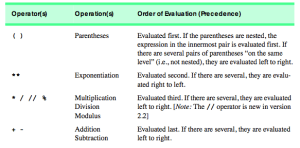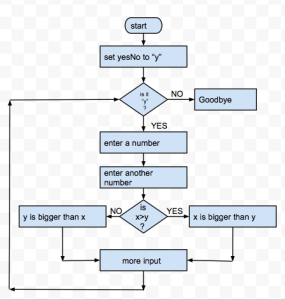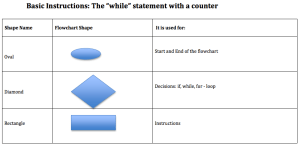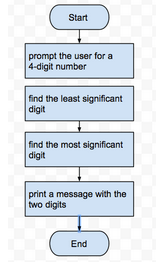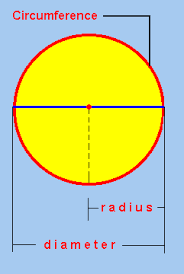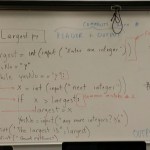Welcome to PHS and to a New School Year!!
In this class you will learn the python programming syntax
######################################
#
# Hello World: most popular program ever written!!
# GE
# 9/7/2055
# python 3.x
#
#####################################
print("Hello world")
print("What is your name?")
myName = input()
print("It is good to meet you, " + myName)
##>>>
##>>>
##Hello world
##What is your name?
##Alice
##It is good to meet you, Alice
##>>>
Write programs to run an application like the one below:
A mail-order house sells five products whose retail prices are as follows: Product 1, $2.98; product 2, $4.50; product 3, $9.98; product 4, $4.49 and product 5, $6.87. Choose from the following: Product number?: 1 Quantity?: 2 Do you want to continue?(yes/no): yes Product number?: 2 Quantity?: 5 Do you want to continue?(yes/no): yes Product number?: 3 Quantity?: 3 Do you want to continue?(yes/no): yes Product number?: 4 Quantity?: 1 Do you want to continue?(yes/no): no Total Price: $62
or a program to calculate prime numbers
Up to what number would you like to display all prime numbers? 15 All the prime numbers from 2 to 15 are: 2 3 5 7 11 13
write graphic oriented programs








